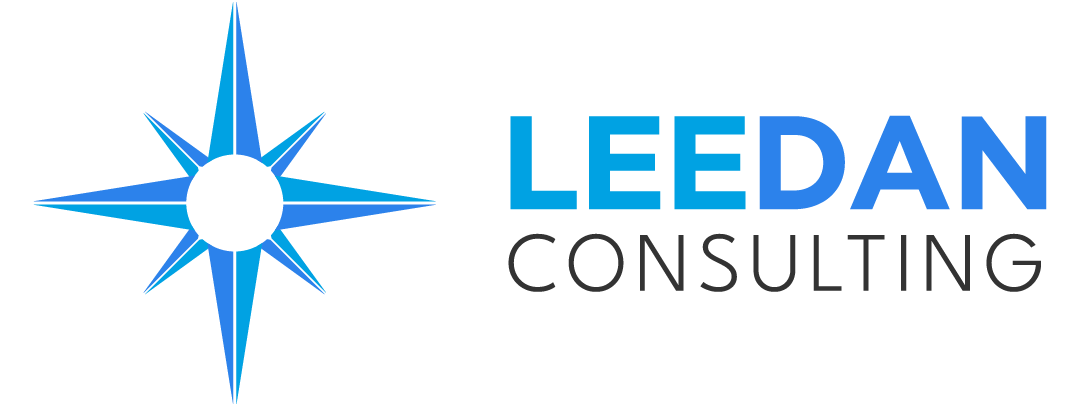
In Part 1 of this three-part series, we emphasized starting with a clearly defined and well-understood vision and strategy for the transformation itself as well as the critical nature of accurate, timely, and relevant data. In Part 2, we stressed the importance of aligning the organizational structure and culture to support transformation as well as the need to embrace continuous improvement in processes. We round out the holistic approach to transformation in Part 3 by ensuring you have the right tools and reward structures in place for long term success.
Tools
It’s critical to evaluate whether your current tools support your transformation goals. Ask yourself if you have the right tools and how long they will stay current. Be mindful of adopting “sticky tools,” which are designed to keep their creators gainfully employed or protect their contract. Sticky tools can also hinder innovation and agility, making it harder to adapt to changing customer needs and market conditions. They can also create dependencies and lock-ins that limit your company’s choices and flexibility.
Ensure you make the most of your tools by adopting a standard depreciation model, helping you track the value of your tools over time and determining when it’s time to retire or replace them. Using a depreciation model simplifies the planning and budgeting process for upgrading your tools. It will also help your company avoid wasting resources on maintaining obsolete or underperforming tools. Automation, in particular, continues to improve processes and reduce time spent on manual tasks. In fact, more than half of all occupations today have some tasks that can be automated. Adopting new technologies can be a costly and time-consuming process, but making the right choices can pay off for years to come.
Always remember that the ultimate value of tools is their ability to empower your people. People are always your biggest resource and expense. Tools help your people be better at and happier with what they do. The goal is to have employees focused on value added work. Leverage Robotic Process Automation (RPA) to help bridge the gap between current state and future state tools. RPA automates repetitive tasks, reducing the likelihood of errors and freeing up time for high-value activities.
Rewards
Your incentives should be structured to support your transformation goals. Incentives play a crucial role in gaining maximum buy-in from stakeholders. They include but are not limited to financial rewards, recognition, and career advancement. Top-performing companies align incentives with transformation goals to avoid counterproductive behavior. While there is no way to fully regulate individual behaviors, you can always determine which outcomes you want to reward. You must also provide timely and constructive feedback to reinforce your desired behaviors and outcomes.
Start by identifying sacred company processes and cultural norms, including those outside of your transformation scope. These are processes and norms that have been ingrained in your company and are often taken for granted or seen as immutable. You must be aware of any legacy systems or policies that conflict with your company’s transformation. If these sacred processes and norms are left unchecked, they can quickly become counter to your transformation goals. Redesign or remove them before they impede your company’s transformation.
Develop incentives that are consistent, transparent, and self-reinforcing across the entire organization, both vertically and horizontally. They must be specific performance metrics and goals that align with your transformation goals. Communicate your incentives clearly and frequently to every stakeholder, and also ensure they support continuous improvement and innovation. Design your incentives around the future, not just the past or current state. This will help ensure employees are motivated to continue improving and innovating.
Moving Forward
Transformation isn’t easy. It’s a complex and ongoing journey, requiring organizations to adapt and evolve constantly. Embracing change as a continuous process, rather than a one-time project, sets the stage for long-term success. By reassessing your vision, data, people, processes, tools, and rewards, your organization can embark on a transformational journey that not only achieves desired business outcomes but also prepares you for future challenges and opportunities. With a holistic and forward-thinking approach in place, your company can finally transform and thrive in an ever-changing business landscape. Leedan Consulting is here to help you succeed. Schedule a 30-min introductory call to discuss how.


